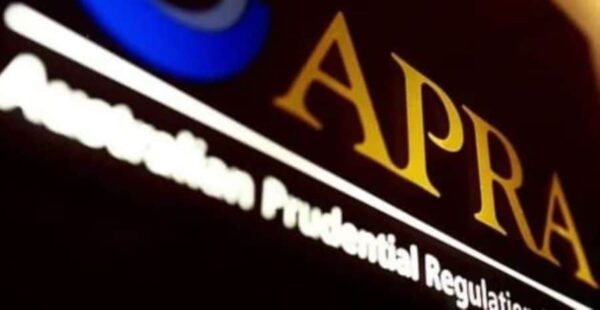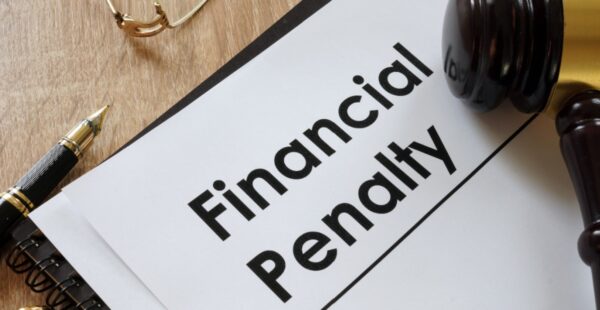APRA levy cost to super up 147% in a decade

The cost of the so-called “APRA levy” to superannuation funds has increased by 147% over the past decade, according to the Association of Superannuation Funds of Australia (ASFA).
And the superannuation industry body has told Treasury that the level of industry funding being provided to APRA and other regulators is such that it should be incumbent on them on them to provide transparency and accountability on how the money is then spent.
It said this is particularly the case in circumstances where superannuation funds themselves are facing greater scrutiny including the performance test.
ASFA has told Treasury that for superannuation funds levies are ultimately funded through administration fees charged to members’ accounts and calculated that for each MySuper member the cost of the levy for 2025-26 would be around $6.
However, it also noted that the cost would be higher other funds, depending on size.
“The estimated impact on members of superannuation funds varies significantly according to the size of their fund. If it is assumed that the average balances of fund members are similar regardless of the size of their fund, and equivalent to the system-wide average, then the levy amounts per member for 2025-26 are: around $4 for a large fund ($100 billion), around $8 for a medium fund ($20 billion), and around $11 for a small fund ($1 billion),” ASFA said.
The ASFA submission to Treasury pointed to a recent Product Commission paper highlighting “the potentially distortive impact of industry levies on efficiency and productivity, and thus the need for the careful, considered design of regltor5 funding mechanisms”.
“The Commission finds that there is a role for industry levies to recover the cost of regulation where the benefits of that regulation involve limiting negative externalities (for example, financial sector instability), or addressing a specific market failure (for example, poor-performing providers remaining in a market).”
“On the other hand, the Commission also highlights the potential negative impacts of an over-reliance on levies (to recover the cost of regulation). In particular, where cost-recovery is not linked to regulation that relates to a specific externality or market failure, the cost (to industry) is more likely to outweigh any broader economic/social benefits. If sufficiently high, industry levies can act as a barrier to market entry – which may limit competitive dynamics and future productivity improvements.”










Add the massive increases of the ASIC Adviser levies up over 200% increase in 7 years.
The CSLR Adviser levies could well be up over 1000% increase in 3 years.
Canberra regulators bank rolled to whatever Levies they want is clearly way out of control.
It has nothing to do with increased costs or increased claims.
It was a flawed concept in many ways from the very beginning, with the original levy struck based upon the number of financial planners and AFSL’s in the profession.
Once the government of the day and vested interests started to impose draconian hurdles in front of the existing financial planning cohort, you can bet “London to a brick”, that they never envisaged the mass exodus of advisers leaving the profession (around 50.0%).
But here’s the thing, so long as the flawed concept is based upon adviser numbers, the increases will continue to increase, including the CSLR.
Good luck to the last man/woman still standing!
@ Andrew, none of this has anything to do with inflation!
No more fancy Christmas events, travelling or farewell functions.
Every expense should be disclosed, especially individual remuneration.
So they’ve increased 3.9% per annum? Or a little over inflation?
yeah… nah… based on the logic you’ve just used, a 100% increase over 10 years would mean no change.
Internally APRA is something like one of those FBI movies, the cool guys all work in the Banking sector, the 4 geeks left growing mushrooms in the corner all get allocated to work in the Super Sector.
So APRA has taken one Super fund to Court in the last 50 years. When was the last time an Industry Super Fund such as Vision Super, Hesta Australian Super took less than 3 days to rollover super, as per the Super Stream Levy that all Australians pay for and is rarely policed or actioned and Super funds themselves collude & never ever report?
This statement above is why Super Funds and Treasury and ASIC want to rid Australia of Advisers. To cover up this little money pot.